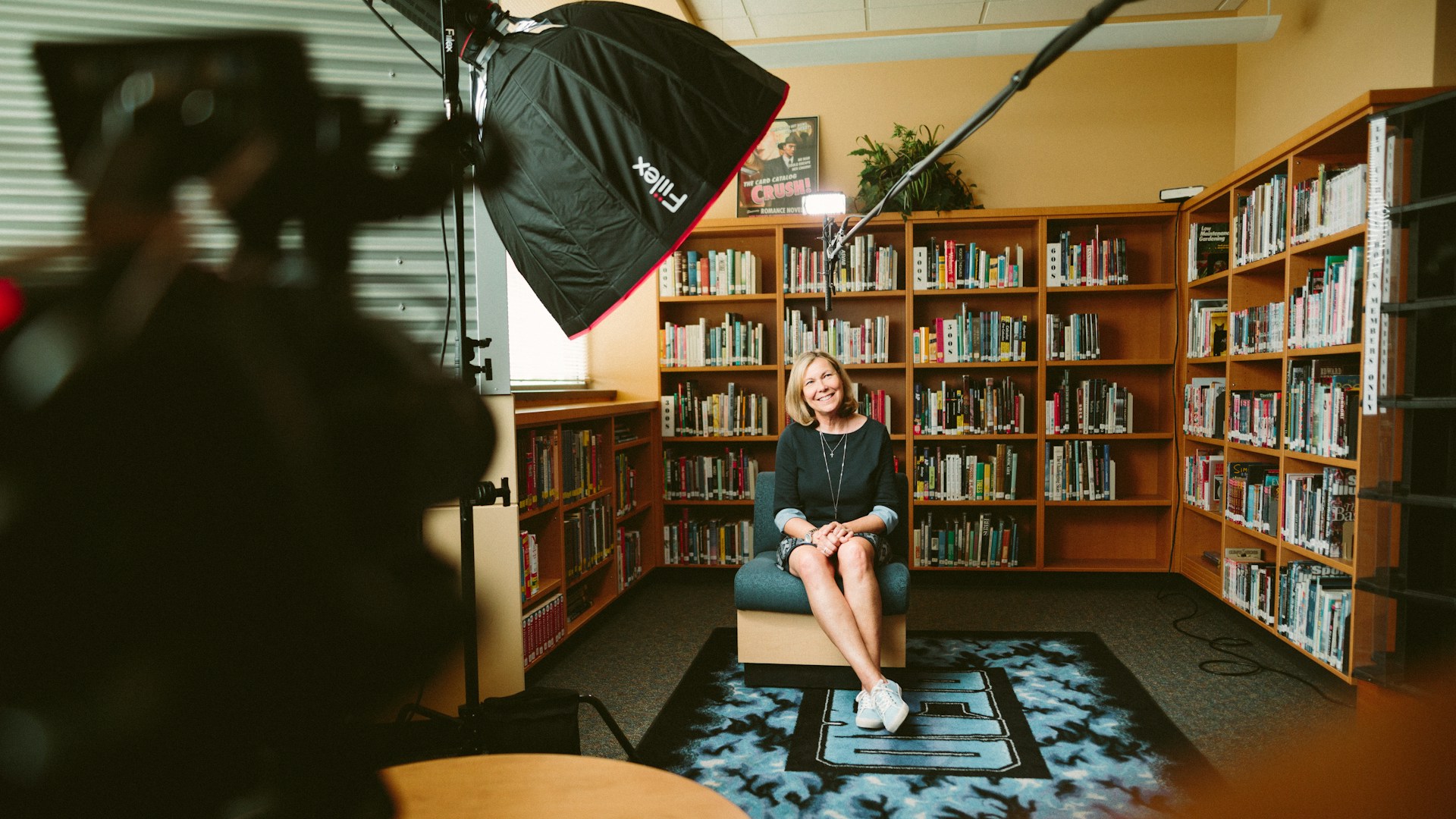4 min read
3 Reasons Every Executive Needs Regular Media Training
By: Olivia Odendahl Apr 17, 2024 11:30:00 AM

Have you set up media interviews for your CEO only for them to result in no coverage? While relationship-building interviews do serve a purpose, if they frequently result in zero coverage, the problem could be your spokesperson. This doesn’t necessarily mean they’re completely bombing interviews – they may just not be doing them right.
Giving a great interview is a skillset. You don’t want to be like Tom Holland, the actor who plays Spiderman and ends up spoiling his Marvel films during interviews. He even jokes it's a miracle he’s allowed to promote his movies on live TV.
The last thing you want is your CEO spilling news like an upcoming IPO or partnership or saying something controversial that turns an interview into major headlines. On the other hand, you don’t want your spokesperson providing bland or basic information that prevents their quotes from getting included in a story. They need to find a balance between interesting and informative.
Media interviews can be intimidating, but media training and practice will help. Here are three reasons every executive should regularly receive media training – even if they’ve participated in the past.
1. Media interviews are not everyday conversations
Company executives may think they’re ready for media interviews because they’ve mastered talking to shareholders or investors. I will be the first to say a media interview is entirely different.
Reporters are looking for punchy, to-the-point soundbites they can include in their stories. They want experts who can comment on and explain trending topics, not those who promote their products or use jargon-filled phrases. Spokespeople also need to be prepared to think on their feet if there’s a question, they don’t know the answer to, or the conversation goes down an unplanned path.
I once had a client who participated in multiple interviews with top-tier publications, yet none resulted in story quotes. Every interview went well – the spokesperson gave useful information; the reporter was responsive, and everyone seemed happy. So, what went wrong? In this case, the spokesperson was treating the interview as a conversation, providing long answers and background information rather than short, snappy soundbites that could be easily incorporated into a story.
I’ve also seen spokespeople treat interviews as sales pitches and provide promotional fodder. This won’t land with reporters who are looking for expert insights on news. Spokespeople need to provide unique and clear opinions, but make sure they’re not so controversial the company ends up in hot water.
2. Messaging needs to be consistent and well communicated
If the reporter has never heard of your company before, they will often start the conversation by asking the spokesperson to describe the company. Is the CEO able to succinctly describe what the company does in a way that’s not filled with jargon? Can they do it consistently every time? Are all spokespeople describing your company this way across the board? For many, the answer to these questions is no.
Take this example of a CEO on Becker’s Healthcare podcast who’s asked to describe his company. Frankly, his explanation flops. (Spoiler alert: He doesn’t really give one.) On the contrary, this CEO nailed his company description, and it resulted in a huge inbound partnership opportunity. The right messaging in an interview can move the needle for your brand, and media training is the tool to get there.
If the interview is thought-leadership-based, there should be 2-3 key messages you want the spokesperson to get across in the conversation, but with the reporter leading the questions, it can be hard to insert these messages. A well-trained spokesperson will know how to steer the conversation to get their points across.
Another example: An HR tech company that provides compliance for talent mobility wanted to educate business leaders on the tax and compliance risks for remote workers. The spokesperson was able to get that point across in an interview, resulting in multiple quotes on the topic in VICE.
3. The media world changes – and so do reporters
Company executives may have had media training a few years ago and think it still applies. But the media world is always changing – and so are reporters. Anyone taking interviews needs to know how to communicate with all reporter types.
Some reporters may cut the interviewee off multiple times throughout the conversation, while others will allow them to ramble nonstop even if they’re not getting what they need. Some will ask five questions at once without allowing ample time to respond, whereas others will know everything about the topic and ask hard-hitting questions. It’s important to know how to react and respond to every type of reporter.
This is where the art of pivoting comes in, which is important whether there’s a crisis your spokesperson is responding to, sensitive information they can’t speak about, a topic they don’t want to broach, or they simply don’t know the answer. Instead of saying, “I don’t know,” or, “No comment,” they need to know how to successfully pivot away from the topic, which doesn’t always come naturally.
Media training can address each of these points, preparing CEOs and executives to adequately communicate with different reporter types, insert key messaging into any conversation and ensure quotes get included in the story. A strong quote in the right publication can boost credibility and awareness for your brand.
If you’re interested in media training for you or your spokespeople, we’re here to help.

Comments